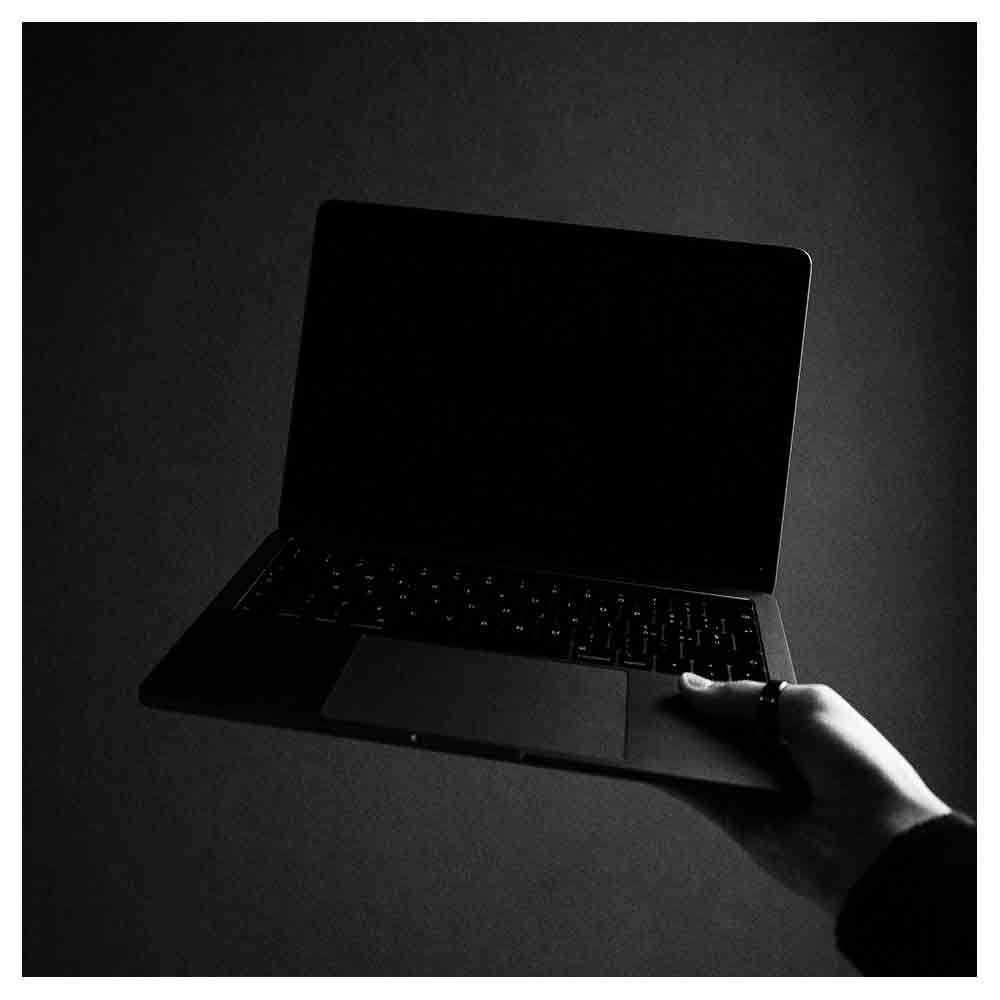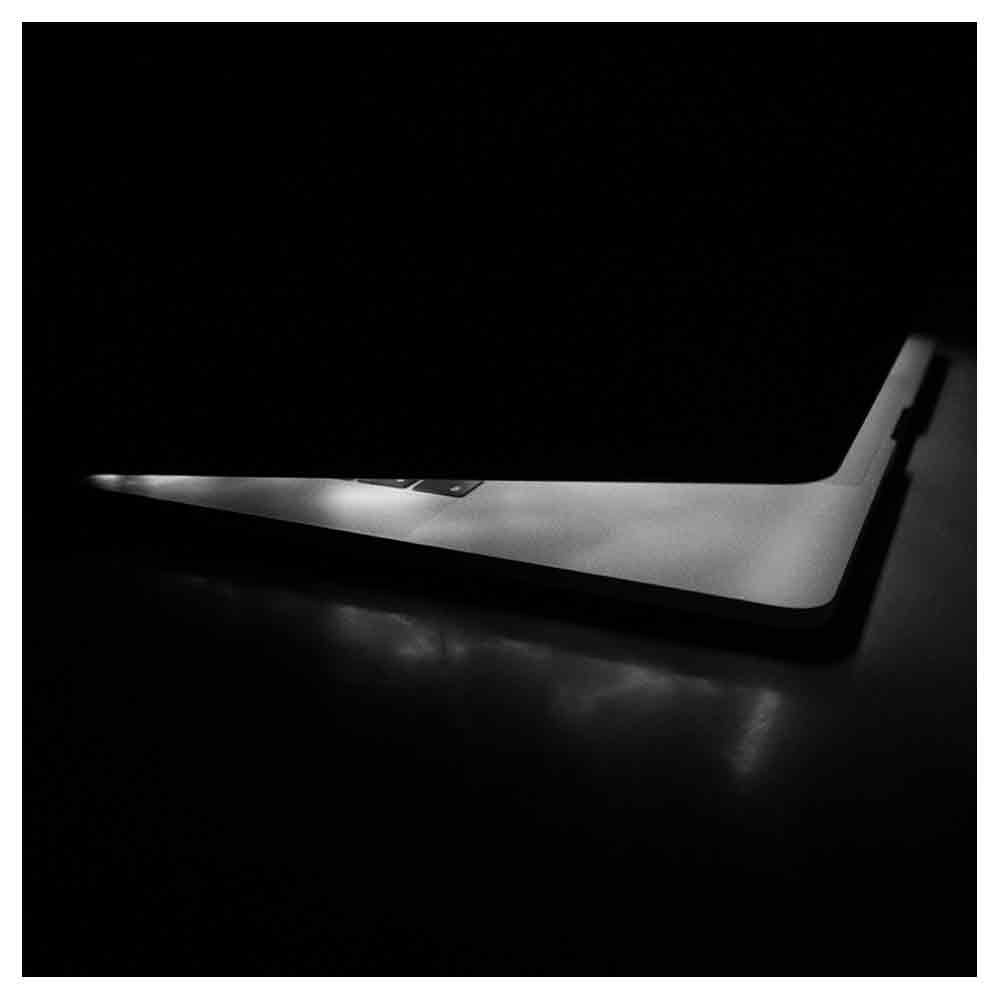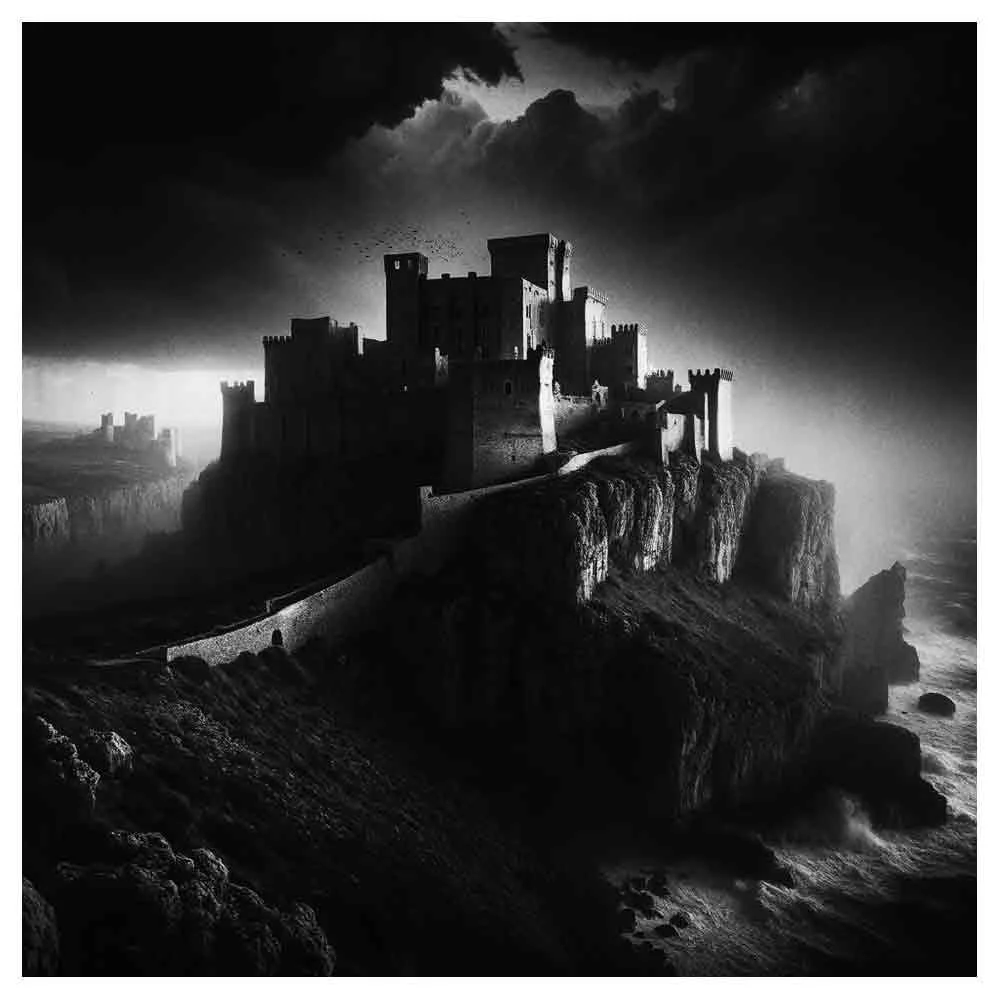What is Creative Development?
In the ever-evolving world of filmmaking, creative development is the beating heart of every project. It's the stage where ideas and projects are birthed, nurtured, and given wings to soar. But what exactly is creative development, and why is it so crucial for filmmakers?
Let's delve into the world of creative development, demystify its importance in filmmaking, and explore strategies to develop and maximize its potential.
What Is Creative Development?
At its core, creative development fosters and enhances one's ability to think outside the box, generate unique ideas, and solve problems innovatively.
In filmmaking, for example, it's the stage where stories are born, characters are designed, and the film's visual aesthetics are conceived.
As filmmakers, here are the key components we must grasp:
Imagination: The ability to visualize and generate new concepts, stories, and visual imagery.
Creativity: The capacity to produce original, valuable ideas or artistic expressions.
Innovation: The skill to implement novel ideas into practical, engaging, and impactful cinematic experiences.
Why Creative Development Matters in Filmmaking?
Creative development plays a pivotal role in the filmmaking process. Here's why:
Storytelling: At the heart of every film is a story. Creative development allows us to weave compelling narratives that captivate audiences and provoke thought.
Character Development: Characters are the vessels that carry our story. We can build complex, relatable characters that resonate with viewers through creative development.
Visual Aesthetics: Films are visual mediums. Creative development plays a critical role in designing the look and feel of the film, from the overall art direction to the minute details in every frame.
Problem-Solving: Filmmaking is a process filled with challenges. Creative development equips us with the tools to navigate these obstacles and find innovative solutions.
Stages of Creative Development in Filmmaking
The process of creative development in filmmaking can be broken down into the following stages:
Idea Generation: This is the stage where we brainstorm and develop the initial idea for our film. It's where we allow our imagination to run wild, explore various storylines and characters, and envision the world of our movie.
Script Development: Here, we shape our ideas into a coherent narrative. We flesh out our characters, structure our storyline, and map out the film's visual elements.
Pre-production: In this stage, we turn our script into a tangible reality. This involves casting, location scouting, designing sets and costumes, and shooting planning.
Production: This is where we bring our creative vision to life, capturing our story through the camera's lens.
Post-production: The final stage of creative development involves editing the footage, adding sound and special effects, and refining the film until it aligns with our creative vision.
Nurturing Creative Development in Filmmaking
So, how can filmmakers foster and encourage their creative development? Here are some strategies:
Immerse Yourself in Art: Absorb various forms of art to inspire creativity. Watch films, read books, visit art galleries, and engage with the world around you.
Network with Other Creatives: Collaborate with other filmmakers, writers, artists, and innovators. They can offer fresh perspectives, challenge your ideas, and stimulate your creative thinking.
Keep Learning: Stay abreast of new filmmaking technologies, techniques, and trends. Continuous learning fuels creative growth and keeps your work relevant and innovative.
Embrace Failure: Understand that not every idea will be a success. Don't fear failure. Instead, embrace it as a learning opportunity. It's often through our missteps that we gain the most valuable insights.
Practice Mindfulness: Being present and aware can enhance your creativity. Mindfulness helps you notice details in your environment that inspire fresh ideas and perspectives.
Create a Creative Workspace: Your surroundings can significantly influence your creativity. Whether it's a physical space filled with inspiring art pieces or a digital workspace with tools and apps that facilitate brainstorming, strive to create an environment that sparks your creativity.
Creative Development in Action: Practical Examples
To bring the concept of creative development to life, let's explore how it can be applied in various aspects of filmmaking:
Story Development: Imagine you're creating a film about a monster. During the creative development process, you brainstorm different ideas for the monster – is it a physical creature or a symbolic representation of an emotion or societal issue? You explore different storylines, develop the characters interacting with the monster, and visualize the world where the story unfolds.
Visual Aesthetics: You're tasked with designing the look of a new film. You start by brainstorming visual themes and color palettes. You draw inspiration from various sources – nature, art, architecture, fashion – and use tools like mood boards to refine your vision. You also consider the emotions you want to evoke in the viewers and how the visual elements can help achieve this.
Problem-Solving: During production, an unexpected issue arises – a key location falls through, a prop breaks or the weather doesn't cooperate. Rather than viewing this as a setback, you see it as a creative challenge. You brainstorm alternative solutions, adapt your plans, and find a way to turn the problem into an opportunity.
Marketing and Promotion: Creative development doesn't stop when the film is complete. It's also crucial in promoting the film and connecting with audiences. Whether designing a captivating movie poster, creating an engaging trailer, or utilizing social media to generate buzz, creative development plays a vital role in these processes.
Final Thoughts: The Power of Creative Development
Creative development is the lifeblood of filmmaking. It's the driving force that transforms a vague idea into a captivating cinematic experience.
By understanding and nurturing our creative development, we can push the boundaries of storytelling, create films that resonate with audiences, and leave an indelible mark on cinema.
So, let's embrace and encourage the power of creative development. Let's be bold in our ideas, innovative solutions, and unyielding in our desire to create.
After all, as filmmakers, we are not just making movies – we're painting pictures of reality, building worlds, and telling stories that have the power to move, provoke, and inspire.






























